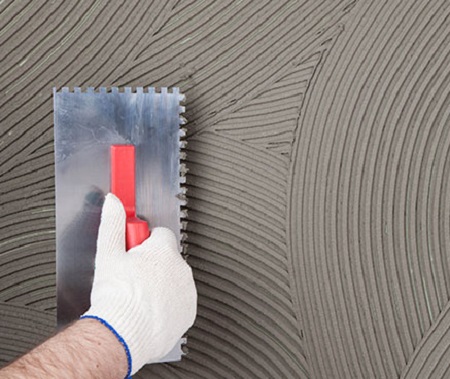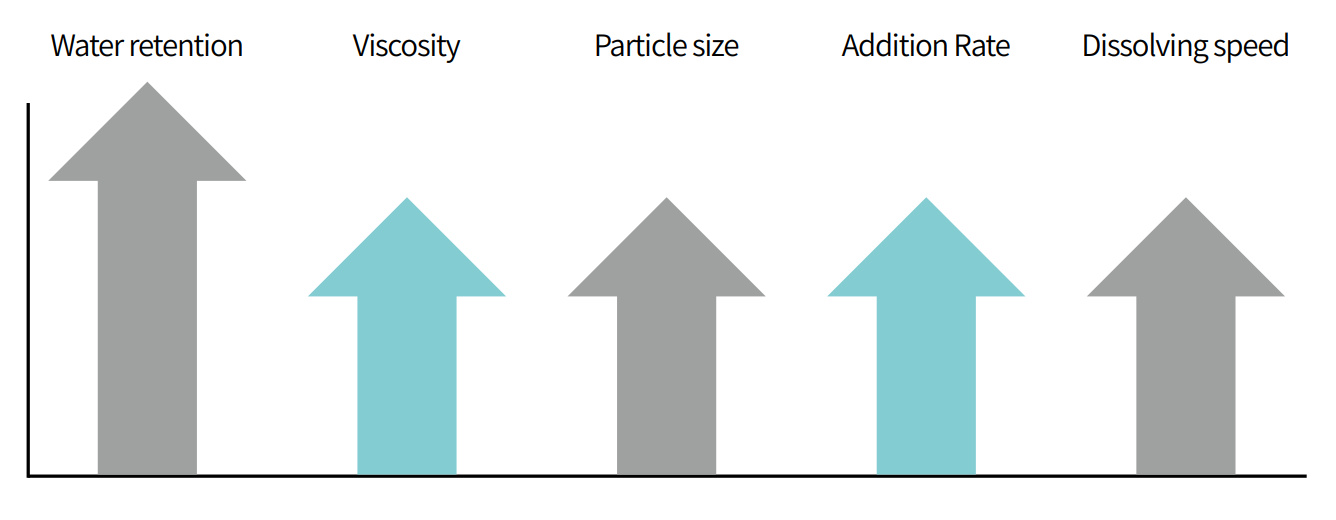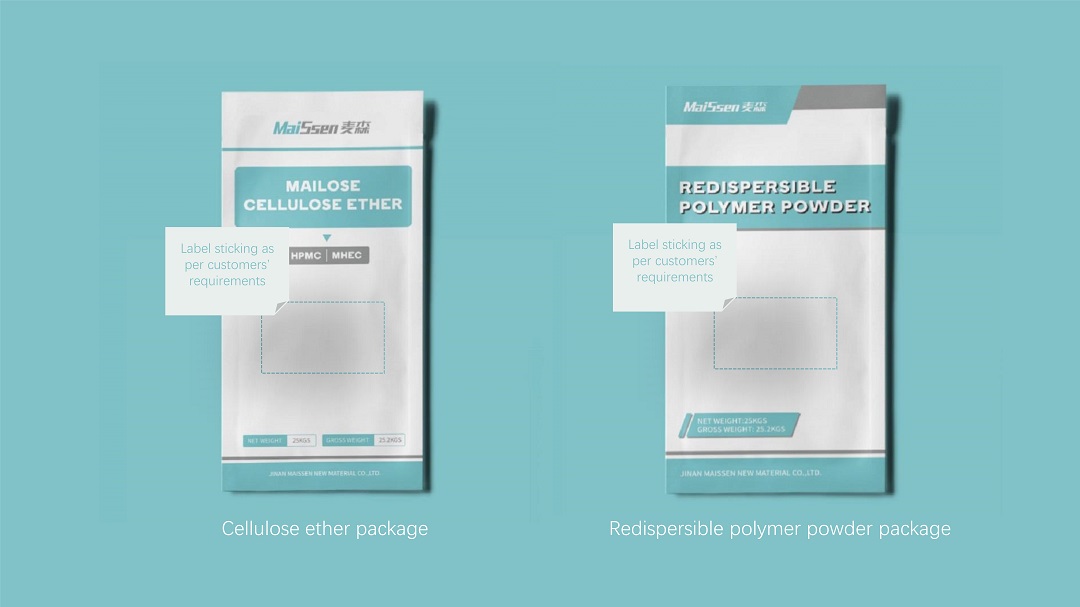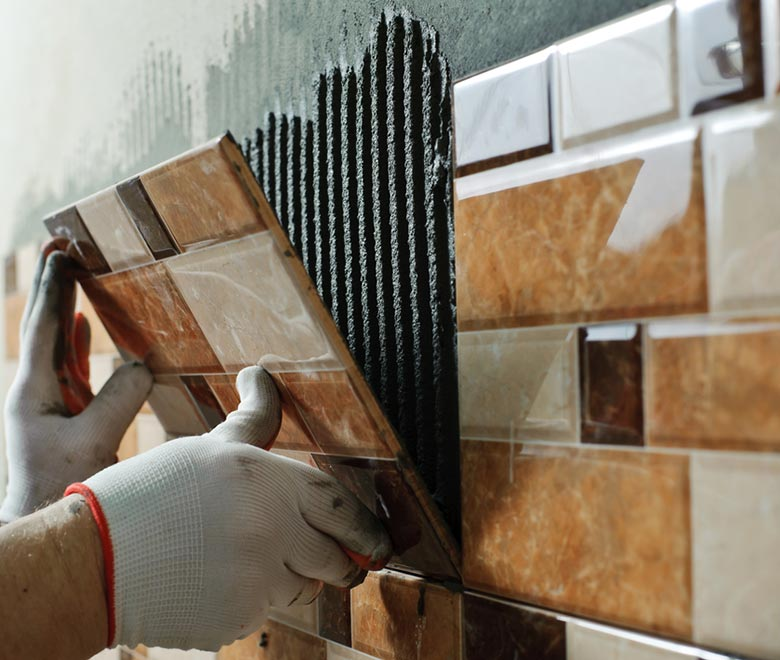Understanding Dry Mix Mortar
Dry mix mortar, also known as pre-mixed mortar or dry mortar, is a premixed blend of cementitious materials and aggregates in a powdered form. This mortar is designed to be mixed with water before application and finds extensive use in construction projects for bonding, plastering, rendering, and masonry works.
Dry mix mortar is a widely used construction material that offers numerous advantages over traditional wet mortar. It consists of a precise blend of cement, sand, and additives, providing an efficient and convenient solution for various building applications. One of the essential additives used in dry mix mortar formulations is Hydroxypropyl Methylcellulose (HPMC). In this article, we will explore the role and function of HPMC in dry mix mortar, as well as its benefits and the application process.
HPMC is normally used in all types of dry-mix mortar products as a basic additive in the formulation to provide the water retention. Water is a very important index in the whole formulation, not only provide enough water for cement hydration, but also provide water for other materials to show their different functions.

Functions of HPMC in Dry Mix Mortar
In dry mix mortar, adding a little HPMC can significantly improve the performance of wet mortar. It can be seen that HPMC is a major additive that affects the construction performance of mortar.
● Water Retention
Water retention is an important property of HPMC. The viscosity, dosage, environmental temperature and molecular structure of HPMC have a greater impact on its water retention performance. Under the same conditions, the higher the viscosity of HPMC, the better the water retention; The higher content, the better the water retention. Generally, a small amount of HPMC can greatly increase the water retention rate of the mortar. When the content reaches a certain level, The trend of the water retention increasing slows down; as the ambient temperature increases, the water retention of HPMC usually decreases, but some modified HPMC also have better water retention under high temperature conditions; HPMC with lower substitution degree has better water retention performance.
● Thickening and Thixotropy
HPMC gives the wet mortar excellent viscosity, can significantly increase the bonding ability of the wet mortar and the base, and improve the sag resistance of the mortar. It is widely used in plastering mortar, facing brick bonding mortar and external wall insulation system. The thickening effect of HPMC can also increase the anti-dispersion ability and homogeneity of freshly mixed materials, prevent material delamination, segregation and bleeding, and can be used in fiber concrete, underwater concrete and self-compacting concrete.
The thickening effect of HPMC on cement-based materials comes from the viscosity of HPMC solution. Under the same conditions, the higher the viscosity of HPMC, the better the viscosity of the modified cement-based material, but if the viscosity is too large, the fluidity and operability of the material will be affected. Self-leveling mortar and self-compacting concrete, which require high fluidity, require a very low viscosity of HPMC. In addition, the thickening effect of HPMC will increase the water demand of cement-based materials and increase the output of mortar.
● Air-entraining Effect
HPMC has obvious air-entraining effect on fresh cement-based materials. HPMC has both hydrophilic groups (hydroxyl group, ether group) and hydrophobic group (methyl group, glucose ring). It is a surfactant with surface activity and air-entraining effect. The air-entraining effect of HPMC will produce a "ball" effect, which can improve the working performance of freshly mixed materials, such as increasing the plasticity and smoothness of the mortar during operation, which is conducive to the paving of mortar; it will also increase the output of mortar and reduce Mortar production cost; but it will increase the porosity of the hardened material and reduce its strength and elastic modulus and other mechanical properties.
● Retarding
HPMC will prolong the setting time of cement paste or mortar and delay the hydration kinetics of cement, which is beneficial to increase the operating time of freshly mixed materials, improve the consistency of mortar and the loss of concrete slump over time, but it may also delay construction schedule.
Based on above functions of HPMC, HPMC also have other properties in different kind of dry mix mortar products, like sag resistance, increase the workability, Adjust the setting time and increase the bonding strength, and etc.
Benefits of Using HPMC in Dry Mix Mortar
● Consistent Quality
By incorporating HPMC into dry mix mortar formulations, manufacturers can achieve consistent product quality. The water retention and workability-enhancing properties of HPMC ensure that each batch of mortar performs uniformly, resulting in reliable construction outcomes.
● Efficient Application
The improved workability and extended open time offered by HPMC simplify the application process for construction workers. This efficiency translates to faster project completion and reduced labor costs.
● Crack Resistance
HPMC's contribution to bond strength and reduced shrinkage leads to increased crack resistance in the applied mortar. This is crucial in preventing water ingress and maintaining the structural integrity of the building.
● Versatility
HPMC is compatible with various cementitious materials, making it suitable for different types of dry mix mortars. Its versatility allows manufacturers to tailor the mortar's properties to suit specific construction needs.
Mailose MP Series HPMC Functions in Dry Mix Mortar
Hereby, we will also analysis the detailed functions Mailose MP series HPMC products.

Particle size of HPMC and its water retention performance
Normally, we all know that the particle size is smaller, the time to reach the highest point of water retention will be shorter. But is there any differences of the highest water retention based on different particle size? Actually, it is different. Normally, we suggest to choose the particle size below 180µm(80mesh). It could reach over 90%-95% water retention when the particle size is smaller than 180µm. But based on the particle size 300µm, it only can reach 80%-90%. (Please note, it is all based on all other items all the same, same temperature, same dosage etc, viscosity 150000cps test method: NDJ-1,2% solution, 20℃).
Our standard Mailose MP-hydroxypropyl methyl cellulose is 98% pass 80 mesh(180µm) suitable for dry mix mortar industry to provide good performance in water retention.
Dosage of HPMC and its water retention performance
The water retention rate is positively correlated with the dosage. Water retention increase obviously when increase the dosage of HPMC. Normally, the water retention rate reach the highest point when the dosage reach 0.3%. When the dosage is over 0.3%, there is almost no changes in water retention.
Please note, it is all based on all other items all the same, same temperature(20℃), viscosity 150000cps test method: NDJ-1,2% solution, 20℃.
Viscosity of HPMC and its water retention performance
The water retention rate is positively correlated with the viscosity. When the viscosity increase, the water retention grow accordingly. Our product could reach the best performance when the viscosity reach 100000cps, over that, there is no big changes even increase the viscosity to 150000 or 200000cps.
Temperature and its water retention performance
For HPMC, its water retention will drop down when the temperature get higher. Normally, when the temperature get over 40℃, there will be a obviously drop and will lost viscosity according to the different gelation temperature. Based on the Methoxy content 19.0-24.0% and Hydroxypropoxy content 4.0-12%, Mailose MP-hydroxypropyl methyl cellulose could reach over 70℃ gelation temperature to provide more stability in high temperature environment. However, we still suggest to increase the dosage in summer.

GENERAL PERFORMANCE OF HPMC
Jinan Maissen New Material Co., Ltd is a leading HPMC producer in China. We focus on supplying different specifiications of HPMC (Hydroxypropyl Methyl Cellulose) for dry mix mortar and other wide applications. If you have any questions on HPMC or other chemical additives for dry mix mortar, please feel free to contact us to get more details.

Jinan Maissen New Material Co., Ltd.











